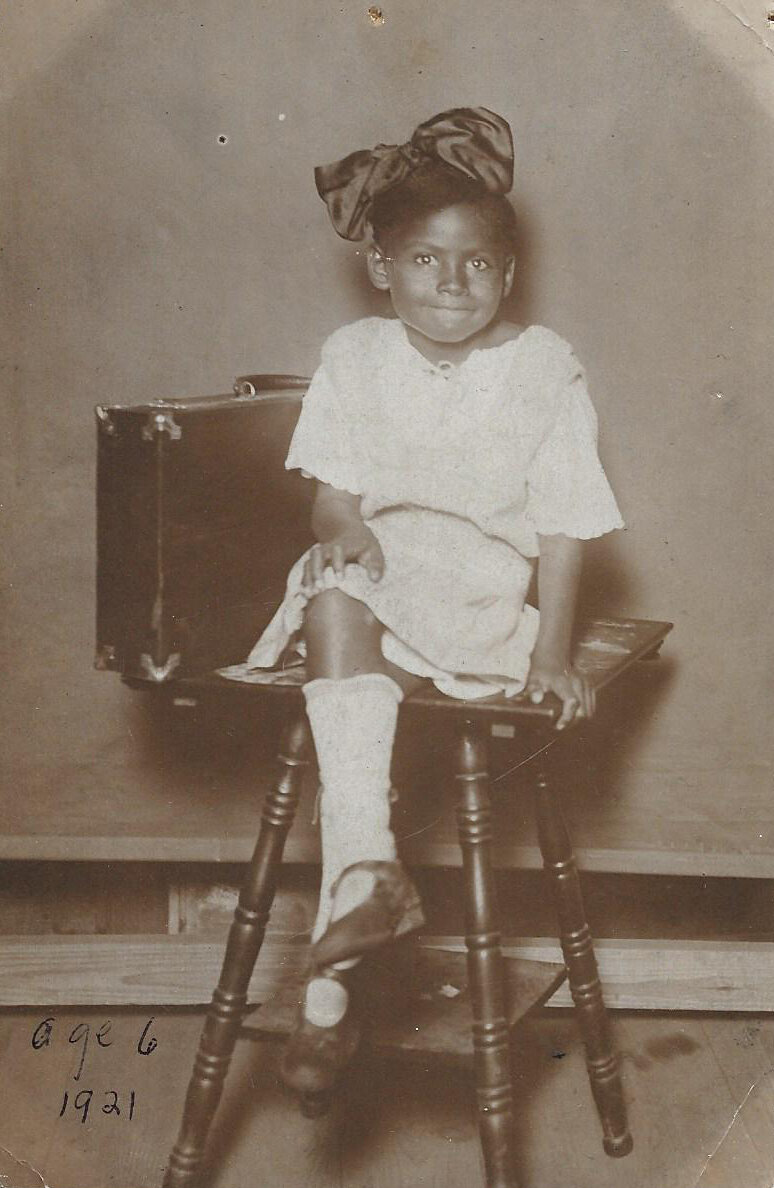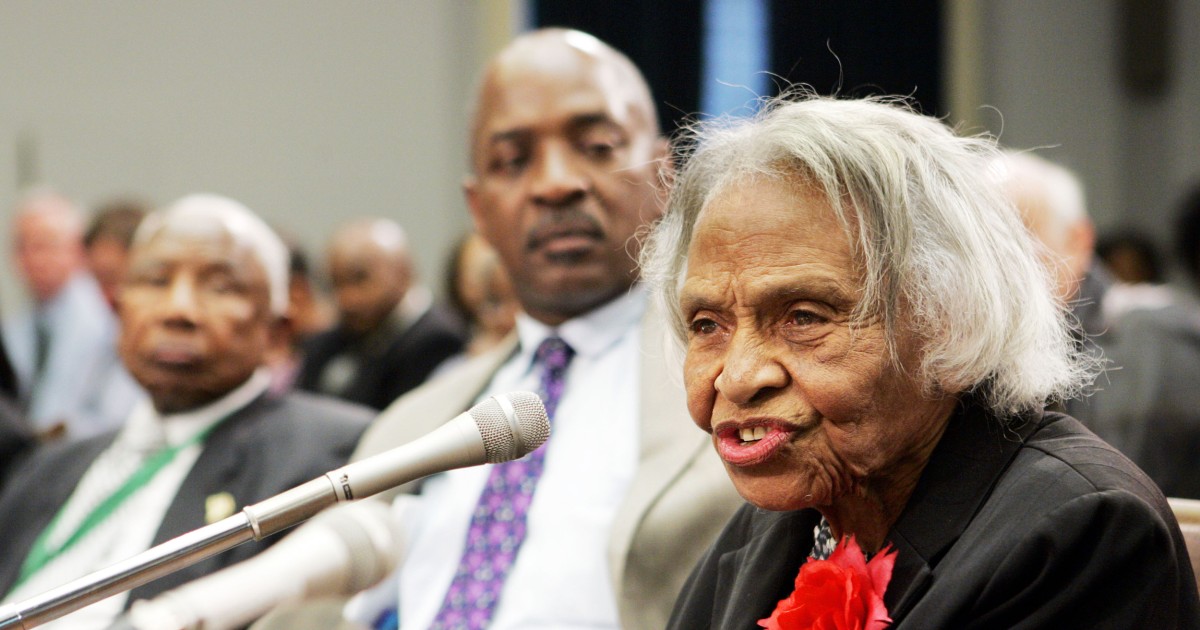Olivia Hooker was the first African-American woman to join the U.S. Coast Guard and later gain a Ph.D. before retiring as an associate professor of psychology at Fordham University in New York.
But at the time of her death in November last year, she had become well known as the last surviving witness to the 1921 Tulsa Race Massacre.
Considered one of the most horrible and racially motivated attacks on African Americans that occurred in Tulsa, Oklahoma, the riot was spurred after a 19-year old black shoeshiner by the name Dick Rowland was accused of raping a 17-year old white female elevator operator called Sarah Page.

A white mob eventually attacked and destroyed the properties of the black inhabitants living in Greenwood, which was at that time the most affluent African-American community in the United States.
It was even known as the “Black Wall Street” as it was home to highly successful and profitable black-owned businesses.
Hooker was 6 years old when the race riots broke out in the community. As the white mob was marching on Greenwood, shooting people in the street and burning houses, Hooker’s mother hid her and her siblings under a table as their home was being vandalized.
“We could see what they were doing,” she told The Washington Post last year. “They took everything they thought was valuable. They smashed everything they couldn’t take. My mother had [opera singer Enrico] Caruso records she loved. They smashed the Caruso records.”

“It took me a long time to get over my nightmares,” she told The Post.
As a child, what she never forgot about the horrifying incident was what the mob did to her doll’s clothes.
“My grandmother had made some beautiful clothes for my doll. It was the first ethnic doll we had ever seen. . . . She washed them and put them on the line. When the marauders came, the first thing they did was set fire to my doll’s clothes. I thought that was dreadful.”
But what was far more shocking, according to Hooker, was “seeing people to whom you had never done anything to irritate, who just took it upon themselves to destroy your property because they didn’t want you to have those things, and they were teaching you a lesson,” she told NPR.

Surviving the incident, Hooker’s family moved to Topeka, Kan., and Hooker later qualified as a teacher having earned a degree from Ohio State University.
During World War II, then-President Franklin D Roosevelt allowed minorities to join the female military corps. Hooker tried entering the Navy’s Women’s Reserve but she was rejected, so in 1945, she joined the Coast Guard’s Women’s Reserve, known as Spars.
She became the first black woman to do so.
“It was not easy for Miss Hooker to take the step of enlistment,” recruiter Lt Margaret Tighe would later state on her enlistment.
“She is the first Negro woman to be accepted by the Spars, and is in full realization of this fact. She feels a sincere desire to serve and further feels that she is opening a field for the young women of her own race.”

Stationed in Boston, Hooker performed various administrative duties, including preparing discharges for the numerous Coast Guardsmen returning from the war and rejoining civilian life.
“She was a national treasure, she was a very special lady,” Coast Guard spokesman Barry Lane said.
After the Spars program was disbanded in 1946, Hooker went on to earn a master’s degree from Columbia University and a Ph.D. in psychology from the University of Rochester. She later worked as a professor at Fordham University in New York, according to the Coast Guard.
In 1997, Hooker became a member of the Tulsa Race Riot Commission which worked towards getting reparations for those affected by the violence.
In 2001, the commission issued a report “detailing for the first time the extent of the city and state government’s involvement in the riot and in the coverup that followed and the total lack of remedy available in the courts at the time.”
On May 30, 1921, 19-year-old black shoeshiner Rowland entered the Drexel building at 319 South Main Street to use the blacks-only restroom which was on the top floor. The building had only one elevator which was being operated by the white female elevator Page at that time.
According to reports, Rowland accidentally slipped and fell on Page causing her to scream out of panic. A white clerk who witnessed the incident called the police who later on arrested Rowland and charged him with assault even though Page refused to press any charges.
The incident was reported by a white-owned local newspaper calling for his lynching. Rowland was processed and taken to court on May 31, 1921, however, tensions between the white mob who went to the courthouse to lynch Rowland and the black residents who were also around to ensure his safety escalated into a 24-hour-long armed confrontation.

Reports on the aftermath of the incident are varied but a recent investigation by the Tulsa Race Riot Commission revealed that almost 300 lives were lost.
Hooker, who survived the tragic incident, would in her last moments be a volunteer with the Coast Guard Auxiliary. At the age of 95, she was still sharing details about the incident and what she had learned from it.

She did this until 103 when she passed away at her home in White Plains, New York with no surviving relatives.
Three years before her death, former President Barack Obama described her as “an inspiration.”
“She has been a professor and mentor to her students, a passionate advocate for Americans with disabilities, a psychologist counseling young children, a caregiver at the height of the AIDS epidemic, a tireless voice for justice and equality.”










